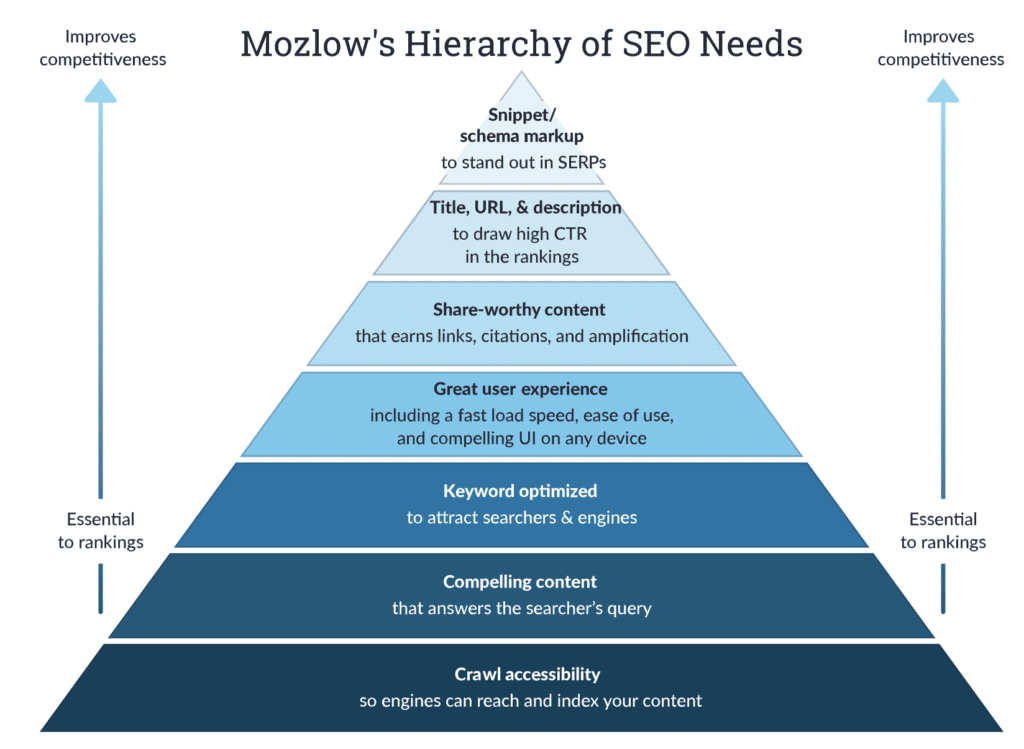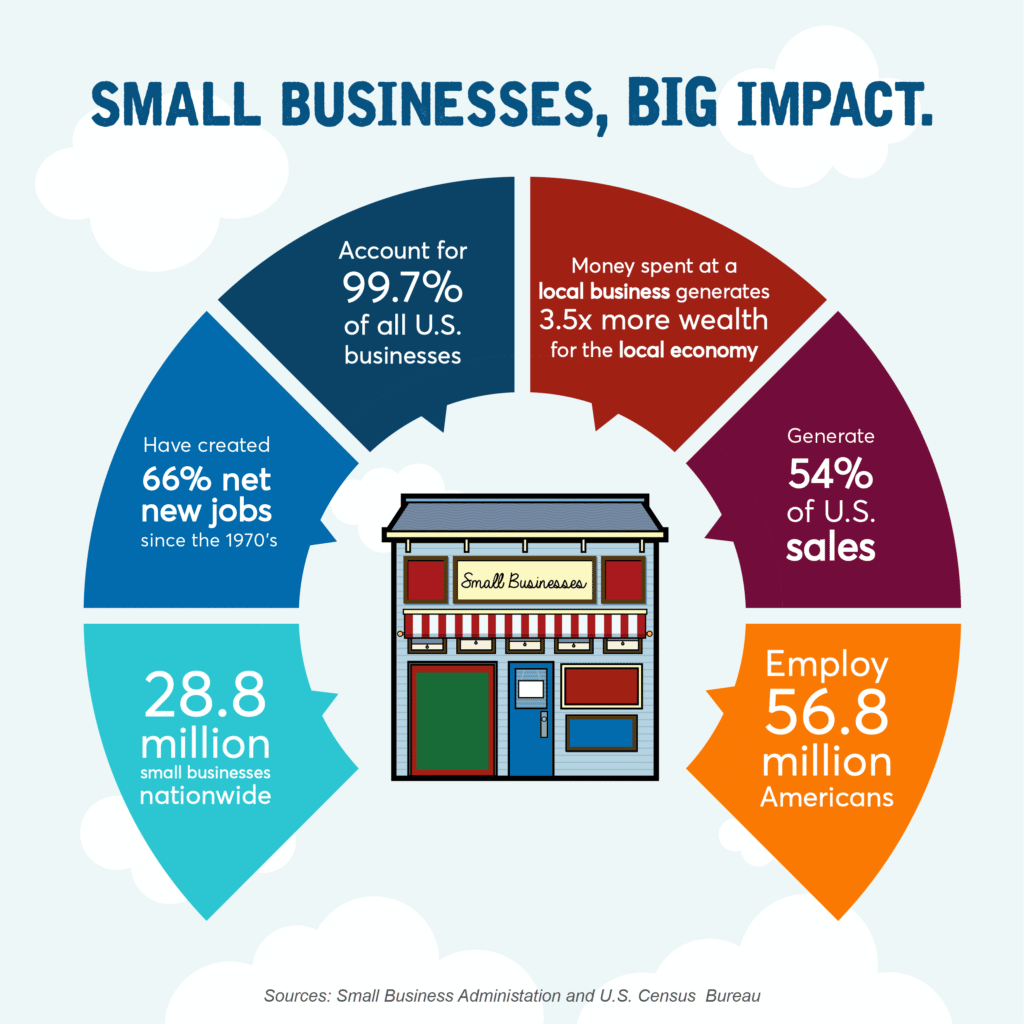You may have wanted to start a successful business for years, but for some reason, life keeps getting in the way of your life dreams. Staying at your current job pays the bills, and you get a few key benefits along the way too. But you keep thinking to yourself, “There has to be a better way.” You are not alone as, in the US alone, approximately 543,000 new people start a business each month.

But starting a business is not a walk in the park. According to the Small Business Administration (SBA), it is estimated more than 50% of new businesses fail within their first year. This is because a new business needs a lot of planning, including market analysis, selecting a location, the number of employees, picking the right accounting software, and of course, a great deal of equipment to operate. All of these essentials translate into the need for a substantial investment, which presents a great risk if things do not go exactly as planned.
As a result, most people give up before they start and just continue with their jobs. However, there is a way to overcome this now. And even better, you do not need to take months and months to complete the many tasks needed to start a business.
Nowadays with the information age, you can start working on your ideas right away and can list the things that you can do and what you need. Plus, you do not need to quit your job in the beginning. You can start your business by initially putting in a few hours a week while still working at your day job until you get to the point that your business is earning you more money than your job.
Here is a simple, step-by-step guide on how to start a business in just four weeks.
This guide is designed to show people who have never had their own business, how easy it is to get started and how you can fast track your way to being a successful businessperson
Week 1: Concept and planning
In the first week, you need to determine whether your idea is viable, conduct some research, and do a lot of planning.
Day 1: Refine your idea
The first step in starting a business is, well, having an idea. Your business idea should involve something that interests you, something that you are passionate about. Maybe, it’s golf, health, design, teaching a musical instrument, but you need to consider what niche interests you. You will be far more likely to succeed if your business is in a niche that you have an interest in and can enjoy working on. Also, your idea should solve a problem. Individuals who build a business around solving a common problem usually form the most successful businesses.
Day 2: Decide on your business model
Second, there are lots of business models to choose from, such as direct sales, an online store, even owning a booth at the local market, and so on. Some business models will be dictated by the niche you chose or how much money you want to make. Other than that, you’re only limited by your own creativity.
Day 3: Conduct market research
Once you have decided on your niche and your business model, you need to do some market research to get a clear picture of what is going on in that industry. Gathering information about the economic trends in your niche is very important to keep you ahead of the game. This will also give you time to fine-tune your plan before you start spending money on the business. The U.S. Small Business Administration website is an excellent resource with free information about various types of small businesses.
Day 4: Write out your business plan
After completing the previous tasks, now you need to develop your business plan. Many business owners overlook this essential step, but it’s important you do not as a business plan is the basis of any business and can be your guide to ensure your business will succeed. This is where you carefully examine your business structure, start-up costs, overheads, and the other fine details of the business. You can also use the business plan to convince investors and other influential people that your business is a smart choice to work with. If you’ve never written a business plan before, there are various sample plans online in a wide variety of industries that you can view and download for free.
Day 5: Name your business
Creating a uniquely identifiable business name is an important element in reflecting your business identity as the name will be a valuable asset when you’re interacting with lenders, competitors, and consumers. It is worth coming up with an original business name since the name will be an exact representation of your image and brand. The name should help consumers understand the nature of your business as well as the types of goods and services you provide.
Day 6: Raising capital for your business
Now you need to figure out how much money you need to start your business. The business plan you prepared earlier should guide you to an estimated figure. If you don’t have sufficient capital in hand, you will need to either raise or borrow some money. However, try to fund the business yourself as much as possible. It may be a challenge, but keeping your debt low will help you to become profitable more quickly.
Day 7: Financial forecasting
A business cannot succeed without realistic forecasts of its sales and expenses. Forecasts are an important part of business as knowing your financial position over the coming months will help shape your business decisions. Getting your forecasts right can help enormously, while getting them wrong can result in costly mistakes, such as surplus inventory or extra staff, or on the other side, of not having enough money to pay for supplies or staff wages.
When forecasting, include the following: projected sales, estimated expenses, estimated assets and liabilities, and anticipated cash flow. Once completed, your forecasts should be reviewed periodically. The forecasts may also change depending on your financial goals.
Week 2: Setup
The second week is all about setting up where your business will reside.
Day 1: Create a logo
Do some research into what makes an excellent logo, and the common logo mistakes to avoid. You might consider hiring a professional designer or outsourcing the logo design. Remember, your logo is part of your business’s branding, so when designing it, keep in mind what impression you want consumers to have of your business at first glance. Include the logo on your letterheads and business cards.
Day 2: Pick a physical location
The type of business you want to start will help determine its location. Some factors to consider that may determine the business location include: nearness to raw materials and nearness to the market/customers. A farm business would not choose to locate in the center of a town, but rather in the village where there is plenty of farmland; whereas a computer business will tend to be located in the center of the city with good Internet facilities and close to business and residential customers.
Day 3: Build a website
Once you have a physical location, start to build your website. This can help you grow an online presence as soon as possible. Nowadays, creating a website is simple. There are many places online that provide templates you can choose from; then all you need to do is include the relevant content and keywords to start getting traffic to flow toward your site. Ensure your landing page is well-branded to achieve a better conversion rate.
Days 4 and 5: Register your business
While registering a business, the first option is to choose the right structure. This should fit perfectly, just like a pair of shoes. If you select the wrong business structure, then it can lead to a great deal of hassle down the line. Sole proprietor, limited company, partnership, association, and co-operative are some of the most common business structures in the modern market. With each structure, you will find advantages as well as disadvantages. If you want the right choice, then you must consider various factors, such as taxation, finance needs, establishment costs, and type and size of your business.
You will also need a business license. The license will depend on the type of business you will be operating and can be obtained from the state, city, county, or town where you plan to conduct business. Obtaining a business tax ID number or EIN is also an IRS requirement in order to operate.
This is also the best time to hire a local business attorney, which every business needs. Find an attorney you can easily communicate with and who can advise you on registering the business and other legal business matters.
Day 6: Put a basic accounting system in place
Keeping accurate accounts is vital to monitoring your business performance and for tax purposes. But what accounting software should you use? This can vary according to your type of business and how you see it changing in the next few years. A few factors to take into consideration would be how many transactions will be going through your books per month, which financial reports you need, ease of use, and other specific or special features you might require.
Businesses change over time, and it is vital to ensure that your accounting system can grow with your business. You might add more products, hire more staff, and hopefully, get more customers. So try and think a few years ahead and make sure your accounting system can handle the growth you plan for your business. It is better to invest a little bit more now than have to repeat the whole process and incur extra costs three years down the line.
Day 7: Start using a project management solution from day one
The important thing about this step is to track all of your work and to document everything from the start. Even if you start out alone, you should operate as a company because someday more people will come into your business and may want to look back at what work you have done in the past. There are dozens of great project management tools you can try out.
Week 3: Marketing and promotion
In the third week, it’s time to let people know about your business by marketing and promoting it.
Day 1: Create an effective marketing plan
To create a successful marketing plan, you should derive it from the business goals that you’ve set. This plan should help you understand the targeted customers: you should know who they are, how and when they buy, what their problems are, and what solutions they are looking for. The marketing plan should include different marketing and advertising methods as well as information on your competitors, such as who they are, what they sell, how they sell it, and at what cost.
Day 2: Begin search engine optimization
It’s no good having a website if nobody can find it. Therefore, you need to generate a lot of traffic to your website, and for this, you need to do Search Engine Optimization (SEO). You can hire an SEO professional or do it yourself. If doing it yourself, you can use Moz’s SEO Guide, it’s free and great for beginners.

Day 3: Use social media
With 3.2 billion social media users worldwide, social media marketing is clearly a great way to generate buzz about your website, products, and services and to reach out to a vast number of people and potential customers. Use Facebook, Twitter, and LinkedIn, several times a week to promote your business and products as recent statistics show that the average Internet user spends around five hours daily on social media.
This represents your target client base, and they are waiting for you to approach them. Regularly posting on social media and developing a presence and following will guarantee meeting potential clients.
Day 4: Reach out to bloggers for guest blogging opportunities
According to HubSpot, businesses that post over 16 blogs per month get four times more traffic than those that post zero to four times monthly. Therefore, if you get the opportunity to do a guest post for someone else’s blog, go for it, as you can get access to a new audience. Another benefit of getting your blog published on someone else’s blog is the backlink to your website, which in return helps build your brand.
Day 5: Satellite promotion
The goal of this type of marketing is to get in front of as many eyes as possible and to stir up interest. This could involve paid advertising (both online and offline), commercials, forum posting, using flyers, and classified ads. The whole point is to get your name out there and to become more visible. This will then drive people to either your social network platforms or to your website.
Day 6: Do press releases
Press releases are also a significant way to spread the name of your business. A survey by Business Wire Media found that 70% of businessmen thought that their jobs would be harder without press releases. Therefore, making popular publications write about your business can help you reach a larger audience. Many press release sites can help you find the right content to attract the right customers since they know the nature of their readers.
Day 7: Constantly communicate with your customers
Stay connected to your clients and customers. Aim to give your customers more value. Never let them feel that they are not important to you; indeed, try and make them think just the opposite of this. Keep following them, like what they want and what they need, and they will follow you. This will help you present your uniqueness to your customers. On the other hand, by just keeping in touch with your customers and prospects, it will help you build up a strong relationship and increase your credibility.
Week 4: Manage and grow your business
During the last week, you will need to assess your business growth and ensure you are getting the most out of your marketing effort to make sure you are performing effectively and efficiently.
Day 1: Delegate duties
Since this week focuses on the management and growth of your business, you need to delegate some responsibilities to free up some of your own time and energy for tasks that will provide larger benefits. Determine what you need to continue doing and delegate the rest. This will also allow you the opportunity to assess your employees’ ability to handle more responsibility and authority.
Day 2: Set up a growth dashboard
You also need to keep track of your performance. Actually, companies that pay regular attention to their figures are 30 percent more likely to grow. You cannot become efficient if you do not evaluate what’s going on in your business. You can monitor your business growth using financial reports, or by using a business dashboard tool, which works out everything for you.
Days 3 and 4: Schedule monthly strategic and financial reviews
This is a good time to schedule your first business plan review. Spend these two days reviewing every aspect of your business. Remember, your business plan should guide you, it should not be a document you just file away and forget about. It can help you assess your growth and help ensure you make the right strategic decisions.
Review your actual numbers against your financial forecasts. Ask yourself these questions:
- Did your one-month performance line up with your goals?
- Which marketing efforts are bringing in the best results?
- Which ones are falling short or failing altogether?
- What needs to be improved or what should be avoided?
- Are there customer support issues that need to be fixed?
Day 5: Encourage yourself
Once you’ve begun your business and you are marketing it effectively, hopefully, you’re already seeing results. However, you might also be experiencing some obstacles, failures, and even frustrations.
Success in any new business requires persistence, stamina, drive, and a never-give-up attitude. You need to be committed, keep moving forward, and never quit, and remember you’re in excellent company, since there are 28.8 million small businesses in the United States.

Days 6 and 7: Ensure success
To ensure your success, keep on doing what you need to do: providing the best quality products and services.
Starting a business can be one of the most rewarding, exciting, and interesting opportunities you will ever get. Now that you’re aware of all the things you need to do to create a successful business, and if you’re still dead-set on being an entrepreneur, use the strategies and advice in this guide to help you navigate the path to success.
And remember, if you’re having fun, you’re more likely to succeed.






3 Responses
I am so grateful for this post and this plan and I can’t wait to get the ball rolling with my business!! Thanks a bunch!! D